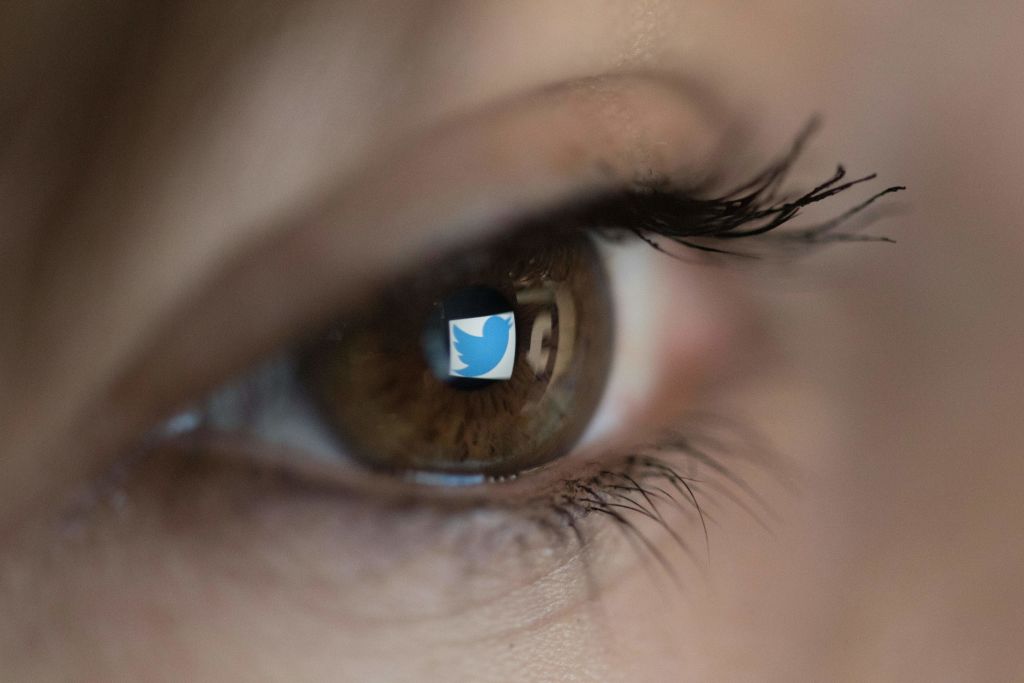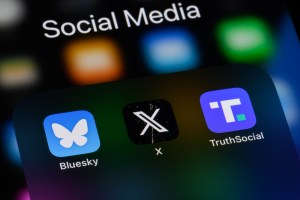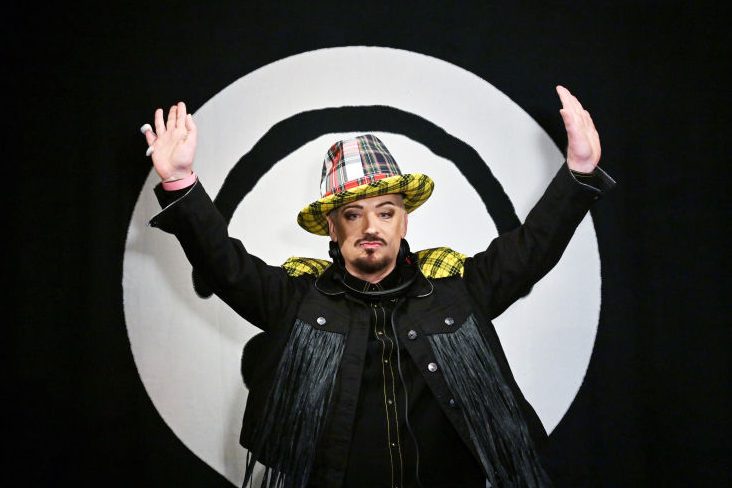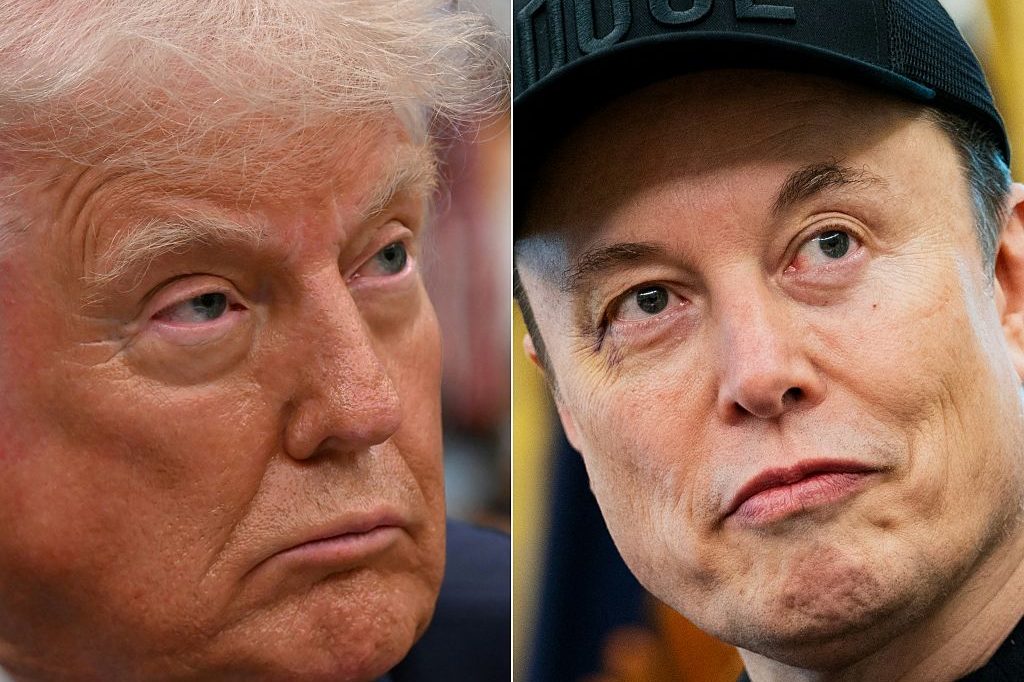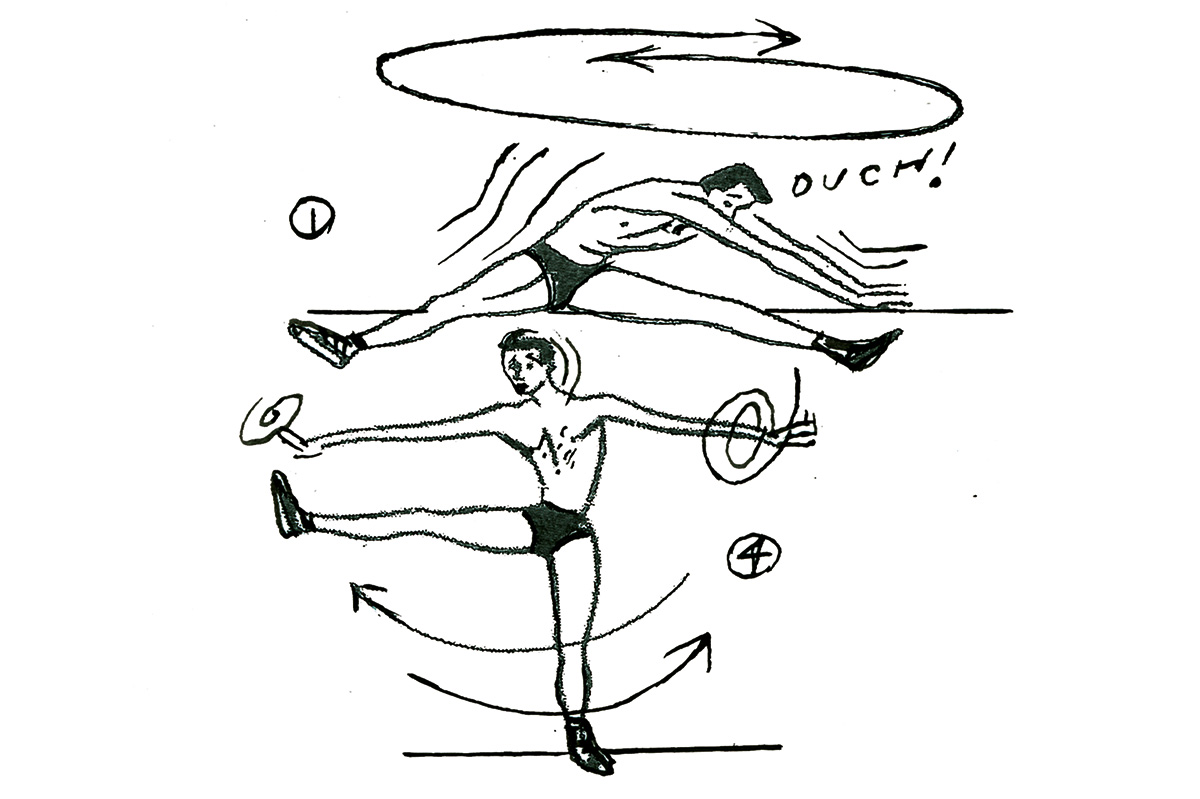Maybe it’s because I grew up during the “stranger danger” milk carton kid era (for those too young to know what I’m talking about, milk cartons were the original Amber Alert) or because of the burgeoning twenty-four-hour news cycle — or maybe I was just born neurotic — but I became convinced as a child that I was going to end up getting murdered by my bus driver in a schoolbus lot on the outskirts of town.
Every morning, I’d ask my mom no fewer than a hundred times if she was going to be there when I got off the bus. My fear seemed irrational for a seven-year-old, but I was obsessed. I do remember my mom telling us (repeatedly) that if anyone ever tried to take us, we should run and scream even if they threatened to shoot us — because if we ended up in the trunk, we’d be dead. It might have been a bit graphic for my vivid young imagination, but it was definitely effective.
I even knew which bus driver was going to murder me and I was absolutely certain, at age seven, that he was probably an unregistered sex offender. He was the driver who always asked me, “What flavor ice cream is your thumb? Chocolate, vanilla?” He was probably just making friendly chitchat since I was the last one off the bus, but the question made my skin crawl. I remember the feeling like it was yesterday.
Balancing healthy paranoia and crippling anxiety has been a lifelong struggle for me. Social media is the jet fuel that melts the steel beams of any cool-headed skepticism that might remain. Growing up I just had my mom scaring me about being taken away in a pervert’s rapemobile. Social media is like multiplying my mom a thousand times, with half my followers warning me of danger and the other half pleasantly assuring me they’d like to murder me.
Making people paranoid is also big money. There’s no faster way to get a click than to assure people that their lives might depend on it. Conspiracy feeds into our desire to make sense of the world. As William S. Burroughs said, “Sometimes paranoia is just having all the facts.” Never before has having all the “facts” to back up your thesis been easier.
We don’t just see what we want to believe on social media; we often see what the people in power want to suppress. When Covid emerged in China, I became obsessed. As rumors that Kobe Bryant had died started flying around Twitter, I happened to be obsessively scrolling, looking for videos of the lockdowns that were starting in Wuhan.
“People are being locked into their buildings,” I told my husband. “Whatever this is, it’s coming and it’s going to change the whole world.” He was incredulous.
“How many people do you think this virus is going to kill?” He asked me to guess. “A million,” I insisted. He shook his head and laughed. “I lack your gift for catastrophic thinking.” (Thanks, mom.)
Paranoia can be paralyzing. It can also drive you mad if you know you’re right — but the rest of the world won’t believe you. Just look at what happened to Galileo or poor Ignaz Semmelweis. Conspiracy theories coming true doesn’t calm things down. In fact, it leads to the crumbling of trust in institutions.
Hunter S. Thompson said, “There is no such thing as paranoia. Your worst fears can come true at any moment.” I’ll stop being paranoid when my worries prove to be misplaced.
Some recent “conspiracy theories” once dismissed as fringe Covid kookery: There will be new shots annually. They will insist on vaccinating children. The vaccines can affect your menstrual cycle. There will be an attempt to segregate the population by vaccination status. Your job will be in jeopardy due to vaccination status. Lockdowns didn’t work. Masks are not effective. The six-feet rule was completely arbitrary. Plexiglass shields are worthless.
And beyond Covid: “Mostly peaceful protests.” Big Pharma got millions addicted to opioids. The CIA did crazy shit with crack. The CIA was testing drugs out on African Americans during the Jim Crow era. TikTok is Chinese spyware. The Catholic Church is covering up a massive child abuse scandal. (Sinéad was right!) The Hunter Biden laptop isn’t a Russian disinformation operation. Weapons of mass destruction. The entire set of Twitter Files revelations. The Great Reset. Your phone is listening to you. Your government is listening to you. UFOs are real. There’s an international group of very powerful men running a large pedophile ring. That last theory got some details wrong though. It wasn’t a pizza parlor; it was a private island. They did get one thing right though: Bill Clinton might be involved.
This article was originally published in The Spectator’s February 2023 World edition.



